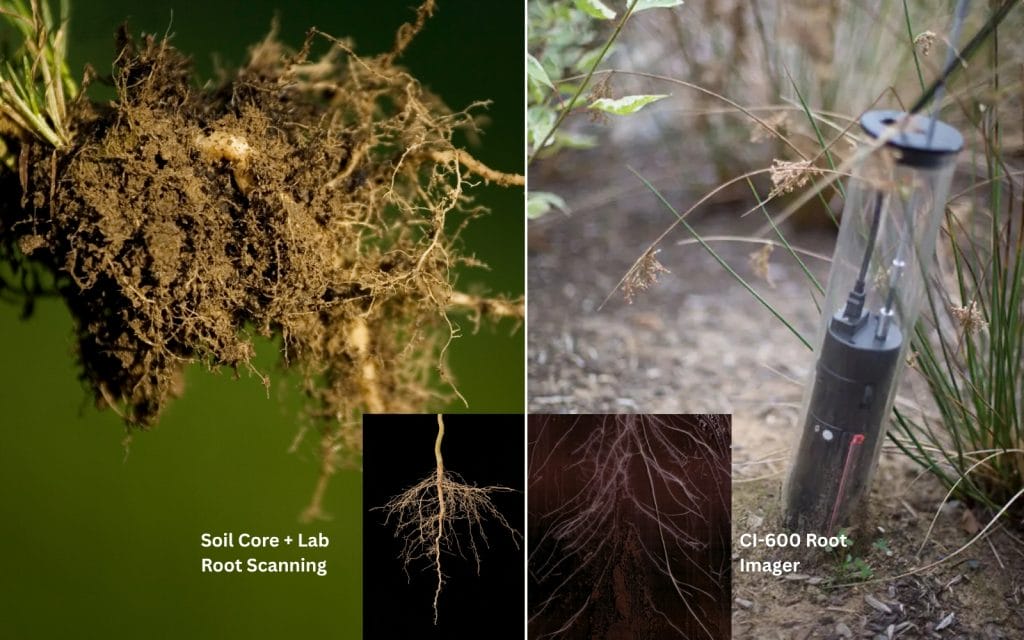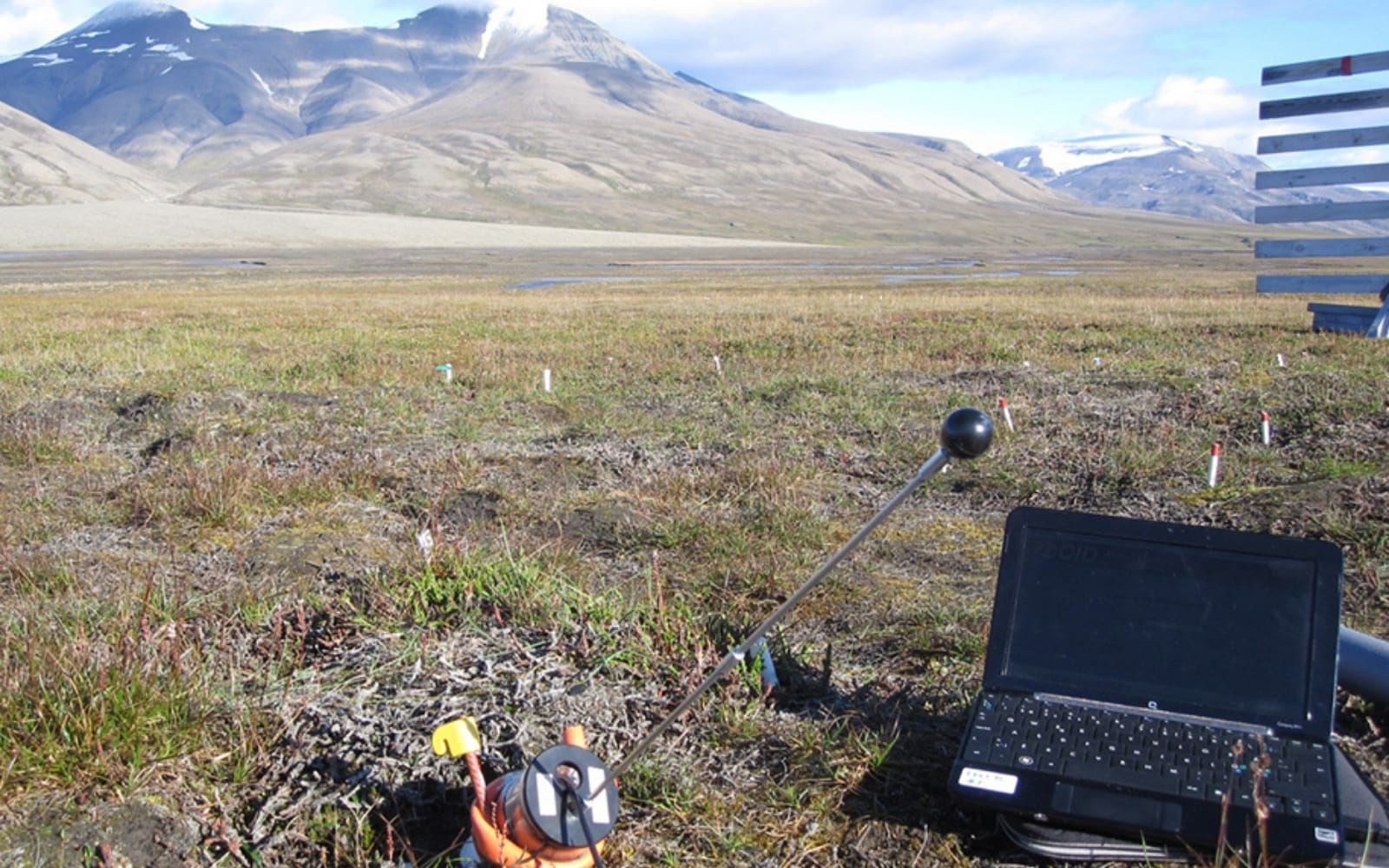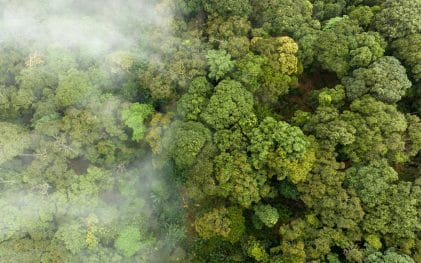October 21, 2025 at 9:05 pm | Updated October 21, 2025 at 9:05 pm | 4 min read
Root research is one of the trickiest aspects of plant science. The hidden half of plants—buried in soil, intertwined with microbes and moisture—holds key insights into nutrient uptake, stress tolerance, and overall plant health. For decades, scientists have relied on soil coring and lab scanning to study roots, but the process is time-consuming and inherently destructive. CID Bio-Science’s CI-600 In-Situ Root Imager has rewritten the process by making root observation non-destructive, immediate, and repeatable. When comparing the CI-600 to the classic soil core method, the advantages in both speed and reliability are difficult to ignore.
The Traditional Way: Soil Coring and Lab Scanning
The soil core method begins with a literal act of destruction—removing a physical column of soil containing plant roots. Once extracted, the sample must be carefully washed to separate roots from soil particles. Then comes sorting, drying, and scanning in the lab using a flatbed or optical root scanner. The process can take several hours per sample and is prone to sample loss and distortion. Delicate fine roots, often the most physiologically important, are easily damaged or overlooked.
Despite its precision in controlled settings, the method suffers from three major drawbacks:
Subscribe to the CID Bio-Science Weekly article series.
By submitting this form, you are consenting to receive marketing emails from: . You can revoke your consent to receive emails at any time by using the SafeUnsubscribe® link, found at the bottom of every email. Emails are serviced by Constant Contact
-
Time cost: From coring to final image analysis, even a small dataset can take days.
-
Loss of context: Removing roots from their natural environment destroys spatial and temporal continuity.
-
Data inconsistency: Variability between samples, washing efficiency, and human handling affects reproducibility.
In essence, soil coring is a “snapshot” method; it captures one static moment at the cost of the plant itself.
The CI-600 Root Imager: Real-Time, Non-Destructive Root Imaging
The CI-600 In-Situ Root Imager offers an entirely different approach. Instead of disturbing the soil, researchers insert a transparent minirhizotron tube into the ground and use the CI-600’s rotating optical scanner to capture high-resolution images of roots in place.
Each scan covers a 9-inch (23 cm) window and captures images with a resolution of up to 4800 dpi, revealing fine root details as small as 0.1 mm in diameter. The system pairs with RootSnap! The software allows automatic measurement of root length, diameter, and growth rate over time.
Because the same roots can be imaged repeatedly without harm, the CI-600 turns root studies into a continuous dataset rather than a destructive series of samples.

Speed: From Hours to Minutes
In terms of workflow efficiency, the difference is dramatic. Soil coring and lab scanning may require half a day per plot, including extracting, washing, drying, scanning, labeling, and analyzing. The CI-600, on the other hand, delivers high-quality images in the field within minutes. Researchers can move between sites, collect data, and immediately view results on-screen.
More importantly, repeat measurements can be performed in seconds. A single operator can collect thousands of data points over a growing season, with minimal physical effort. The reduction in manual labor doesn’t just save time; it reduces the likelihood of human error that plagues manual washing and sorting.
Reliability: Precision Without Destruction
The CI-600’s advantage lies not just in speed but in data integrity. Root systems are complex, dynamic structures. Once disturbed, their architecture and growth patterns are impossible to reconstruct accurately. With the CI-600, researchers monitor living roots in their natural state, preserving the interactions between roots, soil structure, and microbial communities.
The imager’s optical system ensures consistent illumination and focus across repeated sessions. By combining automated calibration and software-based correction for image distortion, it maintains accuracy over long-term studies. This repeatability is essential for time-series experiments tracking root growth, decomposition, or treatment responses.
The Soil Core + Lab method, by contrast, reintroduces uncertainty at every step, from sample extraction to manual scanning. Even when done carefully, root loss and distortion can skew total biomass measurements by up to 20%, particularly for fine roots.
Data Continuity and Replication
Long-term ecological and agronomic studies rely on reliable temporal data. The CI-600’s ability to capture root development at consistent intervals makes it uniquely suited for longitudinal research. Measurements can be georeferenced, and data from multiple tubes can be aggregated across treatments, genotypes, or soil types without losing spatial context.
With soil cores, temporal studies require destructive sampling each time, meaning separate plants must be sacrificed at each interval. This introduces biological variability and prevents precise comparison between timepoints.
Field Efficiency and Accessibility
The CI-600’s design emphasizes mobility and ease of use. Its lightweight, self-contained build makes it field-ready in virtually any environment. The entire system operates on rechargeable power, eliminating the need for external power sources. Its plug-and-play operation and simple interface minimize training time, allowing teams of varying experience levels to collect consistent data.
By comparison, soil coring demands significant equipment: augers, washing stations, drying ovens, scanners, and controlled lab space. For remote or large-scale field trials, logistics quickly become a limiting factor.
Quantitative Accuracy and Resolution
The CI-600 provides pixel-level precision comparable to laboratory scanners. Each rotation of its optical head captures overlapping, distortion-corrected images, automatically stitched into a seamless panoramic scan. Researchers can zoom in to measure root diameters, branching patterns, and decomposition over time.
While soil-core imaging may yield slightly higher static resolution under ideal lab conditions, it cannot replicate the temporal accuracy of repeated, non-destructive imaging. For studies emphasizing root dynamics rather than static biomass, the CI-600’s approach is unequivocally superior.
Environmental and Economic Considerations
Non-destructive imaging also reduces waste. Soil coring generates large volumes of washed soil that must be disposed of or returned to the site, often altering the experimental area. By eliminating the need for repeated excavation, the CI-600 reduces environmental impact while preserving plot integrity for future studies.
Financially, while the CI-600 represents an initial investment, its low operating costs and time savings quickly offset the expense. Over a multi-year study, the reduction in labor and sample processing can cut total costs by more than half.
Verdict: A Smarter, Faster, and Kinder Method
The Soil Core + Lab Root Scanning method will always have historical importance, it built the foundation for modern root ecology. But science moves forward by solving old problems, and the CI-600 solves them elegantly.
By combining optical precision, non-destructive imaging, and automation, the CI-600 gives researchers faster data, greater reliability, and the power to observe living roots in real time. What once took days now takes minutes. What once destroyed data continuity now preserves it indefinitely.
In the debate of CI-600 vs. Soil Core + Lab Root Scanning, the conclusion is straightforward: one digs up roots, the other digs up answers.
Related Products
Most Popular Articles
- Transpiration in Plants: Its Importance and Applications
- Leaf Area – How & Why Measuring Leaf Area…
- How to Analyze Photosynthesis in Plants: Methods and Tools
- Plant Respiration: Its Importance and Applications
- The Forest Canopy: Structure, Roles & Measurement
- Stomatal Conductance: Functions, Measurement, and…
- Forest & Plant Canopy Analysis – Tools…
- Root Respiration: Importance and Applications
- The Importance of Leaf Area Index (LAI) in…
- Irrigating with Saline or Seawater






